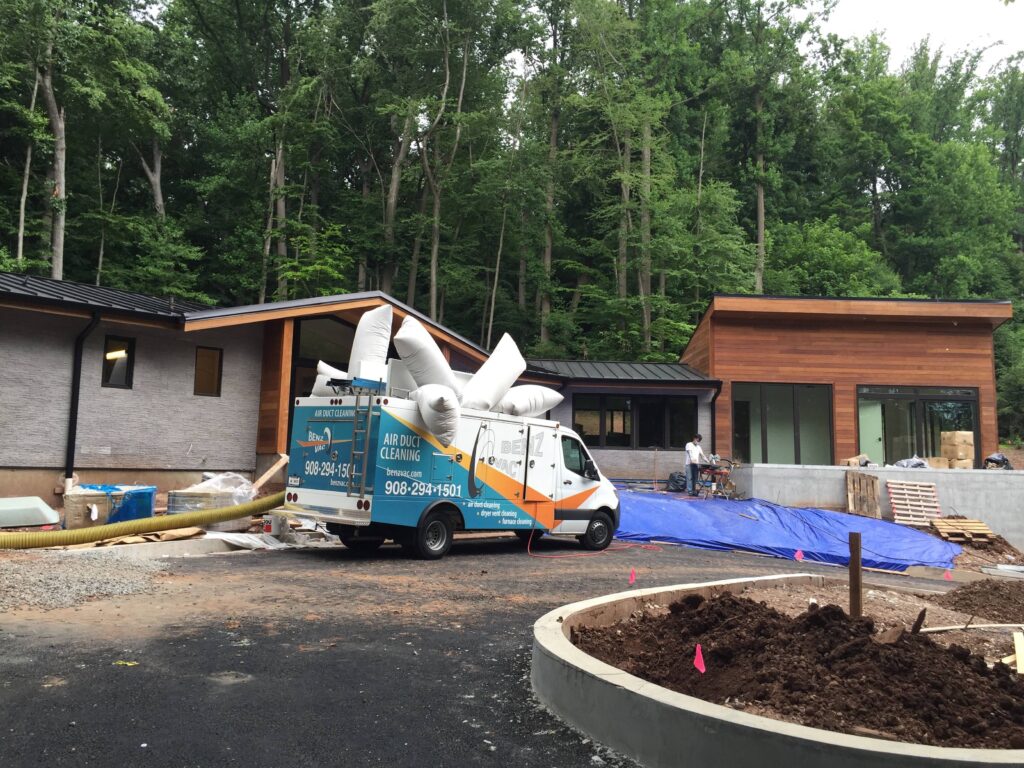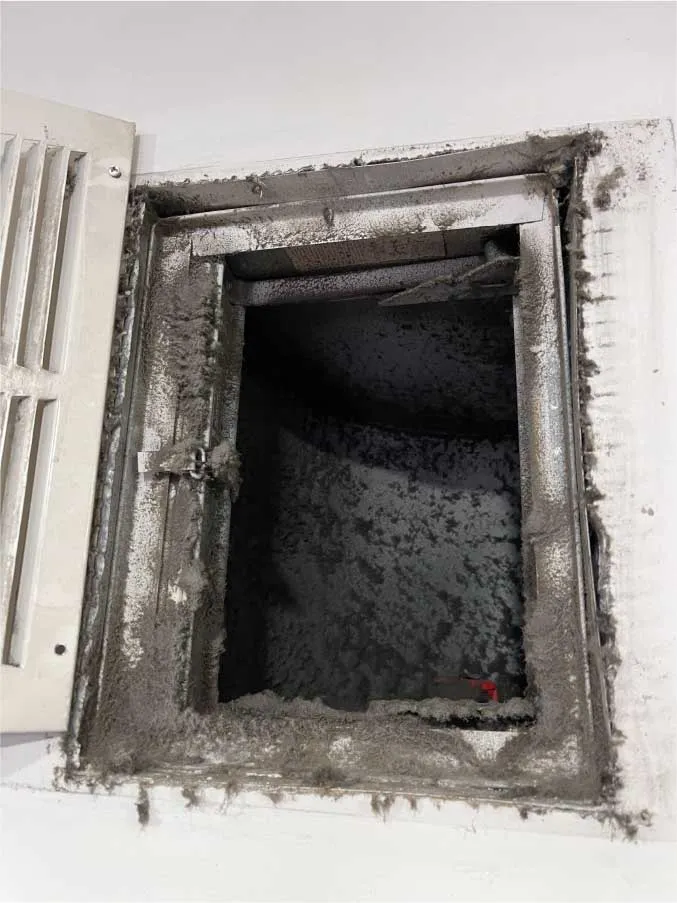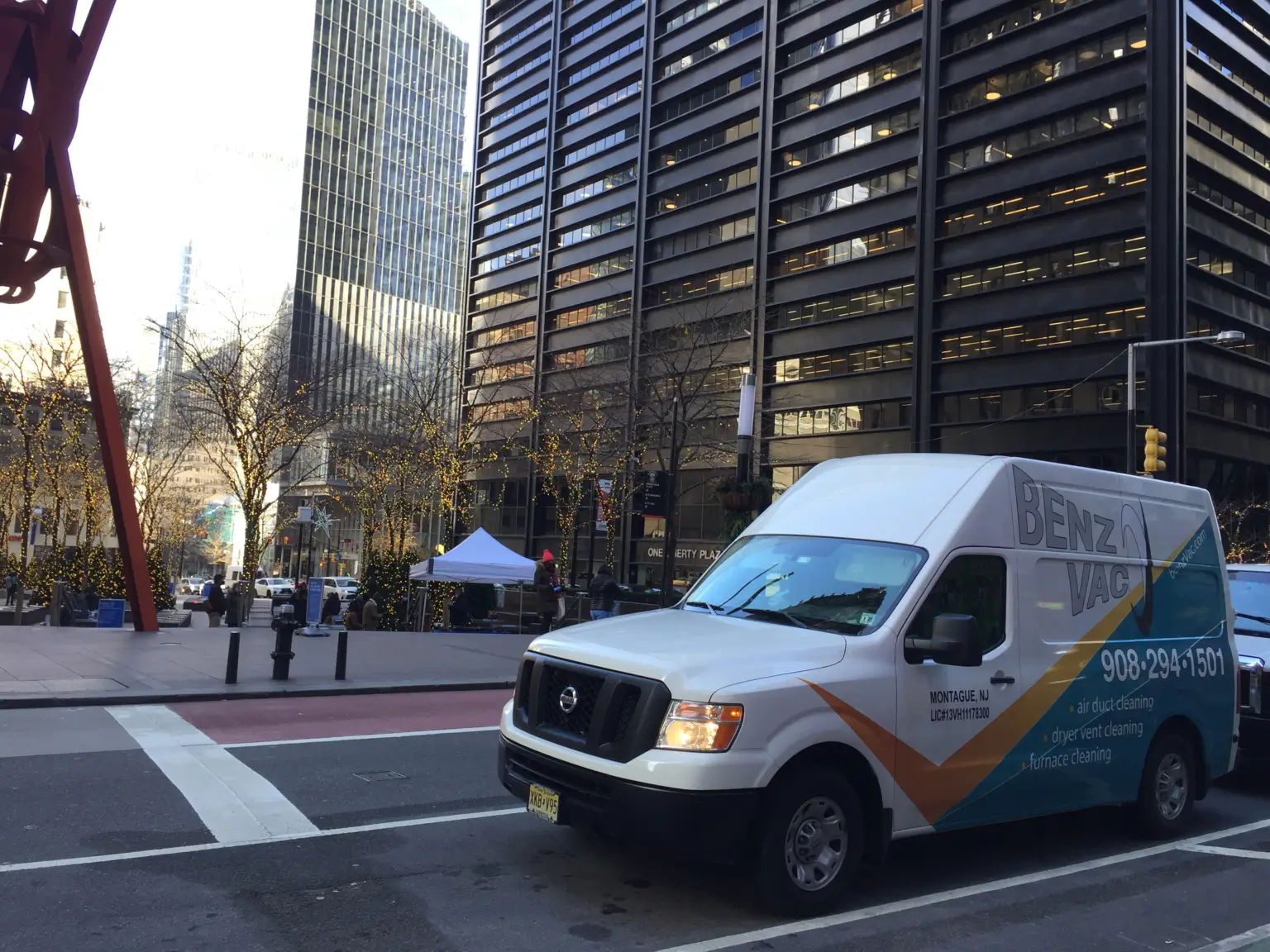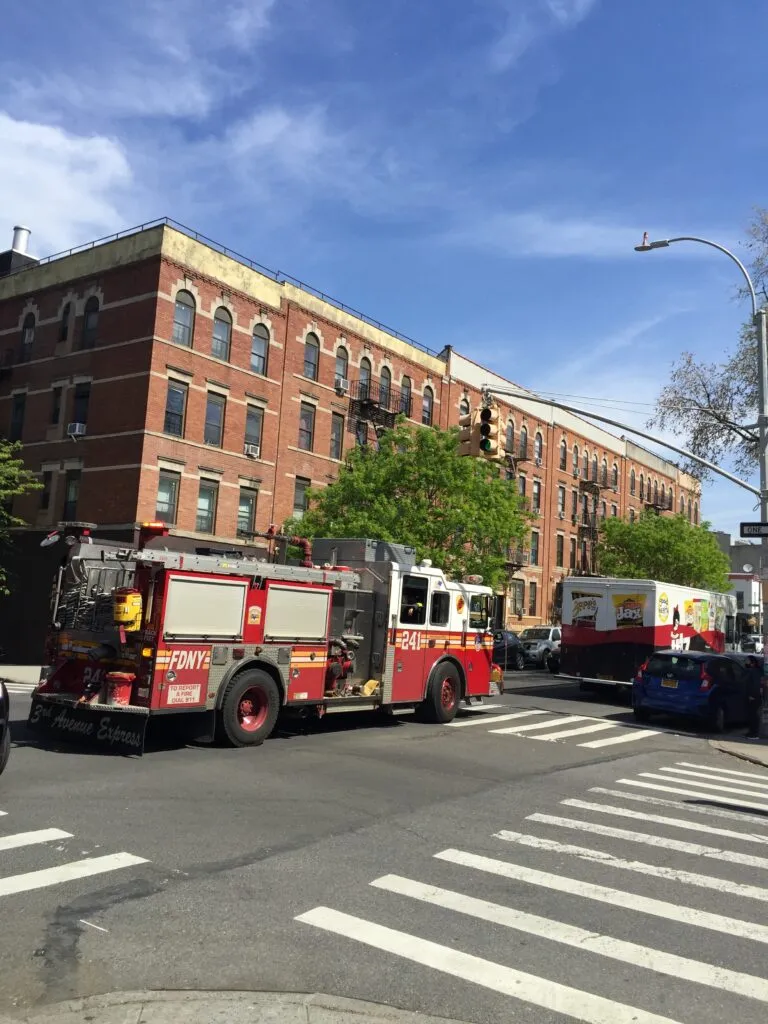How-to Clean Air Ducts After Construction or Renovation?
Air duct cleaning, Commercial Air Duct Cleaning / August 3, 2022
Should you schedule to clean air ducts after construction or renovation? The answer is yes! You must Clean Air Ducts After Construction!
If you have had any experience with home renovations before, you must be aware of how much dust even simple jobs may produce. Whenever there is some sort of construction work, there is always a need to Clean Air Ducts After Constructiong. This is because so much dust, debris, and other building materials have been flung into the air.
You can anticipate that building materials like sawdust or drywall dust will be caught inside your ductwork after every single renovation. It’s quite understandable. However, letting the particles remain there in your air ducts is not a good idea. If you have recently purchased a home that has been recently renovated or whose construction has just finished, you should prioritize cleaning air ducts after renovation of your AC units. If you do that timely, you’ll be saved from a lot of hassle.
Because if later mold growth appears in your ducts along with the construction dust and debris, it will only worsen the indoor air quality of your home.
When Should You Go for Air Duct Cleaning after Renovation?
The EPA suggests having clean air ducts done every three to five years. In other cases, you may need to have your air ducts cleaned more often, cleaning air ducts after renovation. This may be required after home innovation, for example. You should clean your ducts as quickly as you can following home innovation.
The EPA states that clean air ducts should be done when a large amount of dust and debris is clogging the ducts and/or particles are being released into the house from supply registers.
Why Do You Need To Clean Air Ducts After Construction or Cleaning Air Ducts after Renovation?
- During Renovations, The Air Becomes Dustier
- Fire Danger
- Health Concerns
Indoor Air Quality is Deteriorated by Dust Left Over from Renovations
As discussed above, construction debris remaining in ductwork for too long can be harmful to people as the HVAC units throw back the airborne particles into the indoor air. Any construction or renovation requires the use of potentially harmful elements to human health, such as:
Polyvinyl Chloride
PVC is a robust, lightweight material that is frequently utilized in the manufacture of window frames, pipes, gutters, and molding. Toxins in these plastic particles prevent the proper generation of human hormones.
Flame Retardants
Many building components have already been coated with flame retardant chemicals to prevent the spread of fire in the event of a domestic fire. These substances have the potential to alter how hormones are produced normally, lead to aberrant development, and potentially result in cancer.
Cadmium
Glass can be colored with this metal, plastic can be strengthened, and corrosion-resistant building materials can be made with it. There is evidence that cadmium fumes can cause inflammation of the lungs, pulmonary edema, and even death when inhaled.
Silica
Although this is a natural substance, it is also one of the most cancer-causing building materials. By inhaling silica dust, the body can also become infected with lung diseases.
The list of harmful elements doesn’t end here. In fact, there is a long list of such elements. We have named a few. If maintaining good health is your priority, then never delay clean air ducts after a construction or renovation project.
Precautionary Measures During a Construction Project to minimize Post construction Air Duct Cleaning
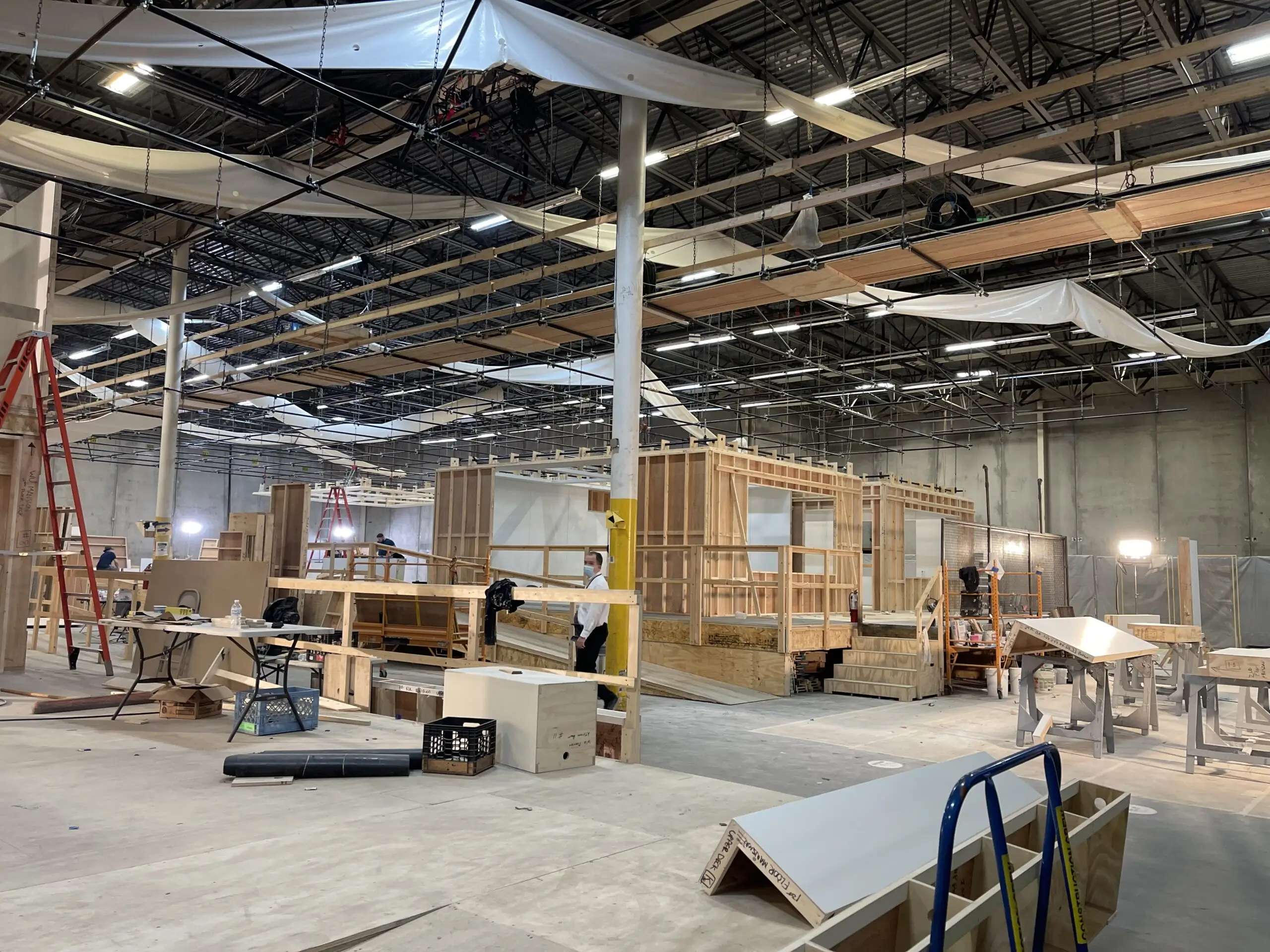
When your home is being constructed or renovated, and particularly when ample dust is being emitted, be certain to seal your supply and return registers. Your HVAC system may become clogged with construction dust that has gotten through air filters. Running the system while construction is taking place might disperse dust throughout your house. Due to this, you should never run your HVAC system until the building site has been cleared of any leftover materials and trash. This is crucial during tasks like cutting wood or installing drywall that generate a lot of dust. Dust from construction might go all over your house.
Additionally, even when all necessary measures are in place, such as sealing off registers before beginning work, some dust and debris may still enter the clean air ducts. So if you want healthy, fresh breathable air after construction work, all you need is an air duct cleaning service for your AC units from a professional air duct cleaning company. Contact the company as soon as the construction work is finished so that no time is wasted.
Usually, once we start renovating our home, we think of replacing some of the appliances or other items in the house. We suggest that you consider replacing your AC unit at the time of renovation if the AC unit was manufactured in 2006 or earlier. The energy-saving technology and higher SEER ratings of new models can cut your heating and cooling bills by up to 54%.
What Takes Place if You did not perform HVAC cleaning after Construction
When construction debris is not eliminated from clean air ducts, the fine dust coating horizontal services can linger for months. Aside from this, leftover construction materials may be moving through your home via the airflow, and you’ll be breathing in that contaminated air.
The effectiveness and lifespan of your HVAC system may be impacted by clogged not clean air ducts without hvac cleaning after construction. The airflow may be impeded in the presence of ample dust trapped inside the clean air ducts. Building materials left in clean air ducts can cause moisture to condense or pool, causing mold to grow more readily.
Why Is Professional Air Duct Cleaning after Renovation Needed for a Hour?
Your indoor air quality could decline as a result of numerous construction-related procedures. Plaster and drywall dust can be released into the air during the installation of drywall; sawdust can be produced during the cutting of wood; etc. Nearly every other step in the construction process creates dust.
Future health problems can result from breathing in foreign particles. For example, when inhaling wood dust, a serious health risk can be caused. Asthma can be brought on by or made worse by it when inhaled since it can enter lung tissue. It may even be a factor in lung cancer.
Aside from the hazardous materials unique to construction, you must also be concerned about regular dust and debris. Furthermore, allergic people should pay attention to the presence of pollen and pet dander as these particles can aggravate their allergies. The HVAC system filters are generally very effective. However, they become ineffective after the accumulation of dust and dirt. A clogged filter compromises air flow and results in early failure if it isn’t cleaned or replaced. The failure is caused by clogged filters, putting a lot of stress on the system.
Air Duct Cleaning after Renovation to Eliminate Construction Debris from the Ducts
It is important to maintain dry clean, air ducts and HVAC equipment during construction. Before occupancy, clean the ductwork.
- Request a plan from the HVAC contractor outlining how the ducts and machinery will be protected throughout the installation.
- Check clean air ducts for the presence of oil or debris before installing them.
- It is essential that before installation, clean air ducts and mechanical equipment are kept in a clean, dry environment. To prevent dust from getting into the equipment, wrap it in plastic if needed.
- To prevent dust from entering the HVAC system, avoid running the system during construction. You should not operate HVAC equipment while you are dry-walling, sanding, or sawing.
- During the entire construction, mop and vacuum the workspace to keep it tidy.
- The clean air ducts openings should be protected with plywood if registers have not yet been fitted.
- To thoroughly clean air ducts, use vacuum clean air ducts specific pneumatic brushing equipment. Do air duct cleaning after construction is finished but before turning on the HVAC. Use of UV light systems or moist liquids is prohibited.
- Once you are done with duct cleaning, turn on the air handler or furnace with a filter in place. Before occupancy, change the filter.
Benefits of Air Duct Cleaning after Renovation Project
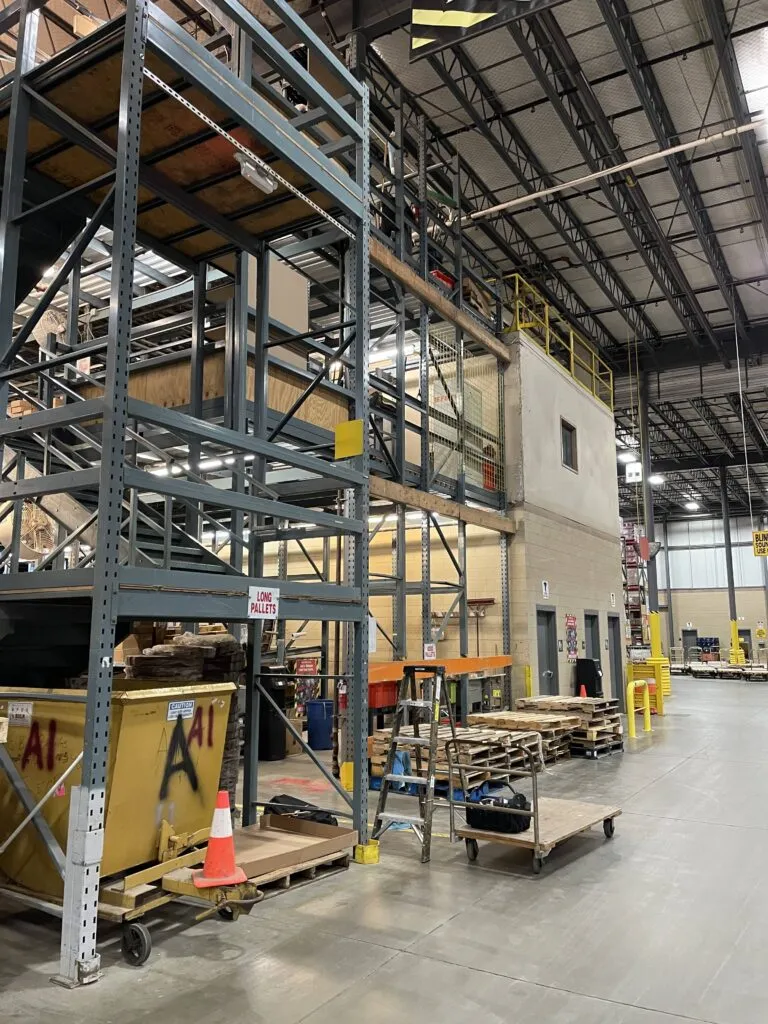
- Your HVAC Efficiency is Enhanced by Duct Cleaning
- High Indoor Air Quality
- Eliminating Smells
- Effective Energy Use
- Eliminating Impurities and Allergens
Cleaning air ducts after renovation: Irritants and Allergens Flow Via Your Air Ducts
When thinking about cleaning air ducts after renovation and allergies, keep in mind that the HVAC system and ducts disseminate all your indoor air. A few of the pollutants that your HVAC throws into the air are:
- Pet Dander
- Pollen
- Smog
- Dust Mites
The Process of Air Duct Cleaning after Renovation
This manual will help you clean your air ducts on your own. It covers the following steps:
- Switch your thermostat to “fan on” mode and turn off the heat and cooling settings. While cleaning, the fan will assist in moving any fine dust particles. Activate the heat instead if your thermostat is an older model and does not allow the “fan-only” setting.
- Pull screws from the return-air grill plates and air duct covers using power drills.
- Use clothes or paper towels to seal the supply air vents. The supply vents are the ones that allow heat or air to enter the space. To stop dirt and dust from drifting into your room, you must close the vents.
- As much as you can, clean and wipe the vent’s opening. Use a custom leaf blower to clear the vent’s opening and remove any remaining debris.
- Using a brush and water, dust and cleanse the supply and return vents.
- Clean the blower and return the air boot of the furnace by removing the panels covering it. The furnace fan should also be cleaned, and the old filter should be removed.
- Use the bristle brush to remove the dust from the ducts. Hit the reachable duct regions with the brush to assist in dislodging dust clumps. This will help in separating those clusters.
- The ductwork can be cleaned by lifting the supply register gently with a drill and flexible brush. Use the vacuum to remove the debris that the fan has blasted into the air. To eliminate any accumulated dust that was not blown out by the fan, insert the vacuum’s hose far into the duct.
- Make sure you reach inside the duct as far as possible and wipe the interior clean with a damp microfiber cloth.
- Turn off the fan, switch to a fresh filter, and cover the furnace cavity.
What May Make Regular Air Duct Cleaning after Renovation More Necessary?
The NADCA states that the following elements may make frequent HVAC duct cleaning necessary:
- Residents who have allergies or asthma.
- Impurities in water
- Pets
- Construction or home renovation
- Harm to the HVAC system or house
- Construction or home renovation
- Smoke from cigarettes or cigars
Final Thoughts: Air Duct Cleaning after Renovation
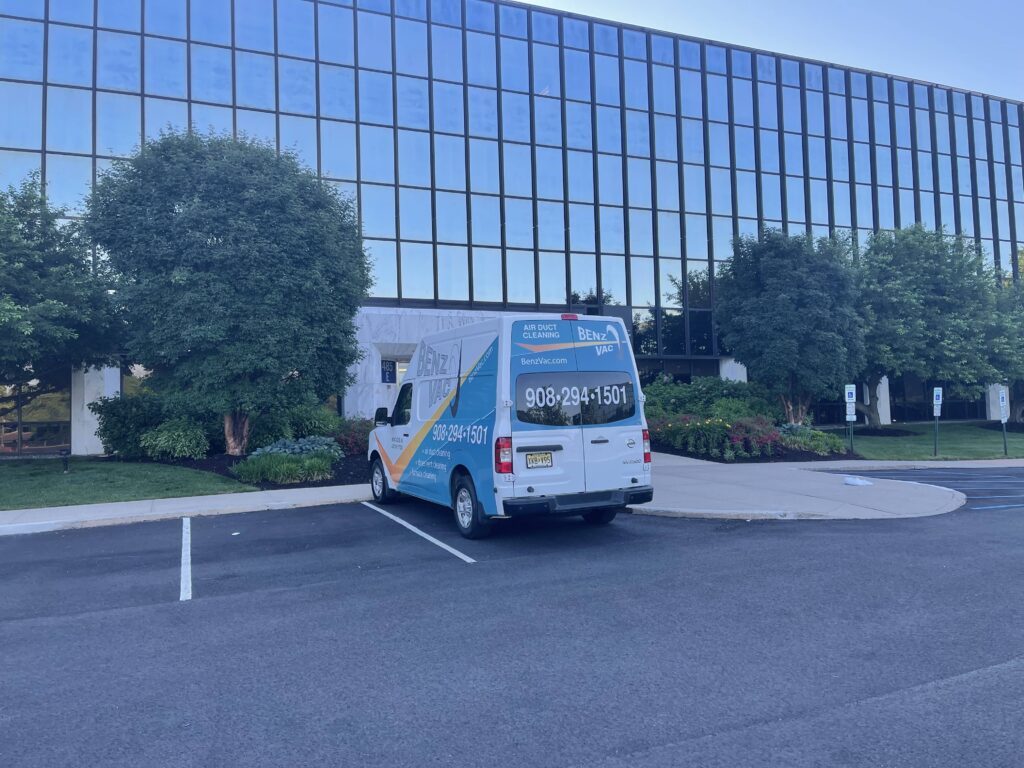
If you’ve ever renovated a home or have been involved in a construction project, you may be well aware of how much dust enters your home during this process. Air duct cleaning becomes essential when there is any sort of renovation or construction. This is due to the quantity of dust, debris, and other construction materials that have been thrown into the air. While dust and debris can trigger respiratory issues, the hazardous chemicals present in the construction materials can damage the biological processes of the human body. The best thing to do is to contact a professional air duct cleaning company that can give your AC units a thorough air duct cleaning service and save you from all the worries.
Take a look at our locations in New Jersey below and give us a call to begin work with the best ac vent cleaning company!
To schedule an appointment or if you have any questions, call our office today! You should now have a better idea of who is the best ac vent cleaning company in New Jersey!

